Unique Properties
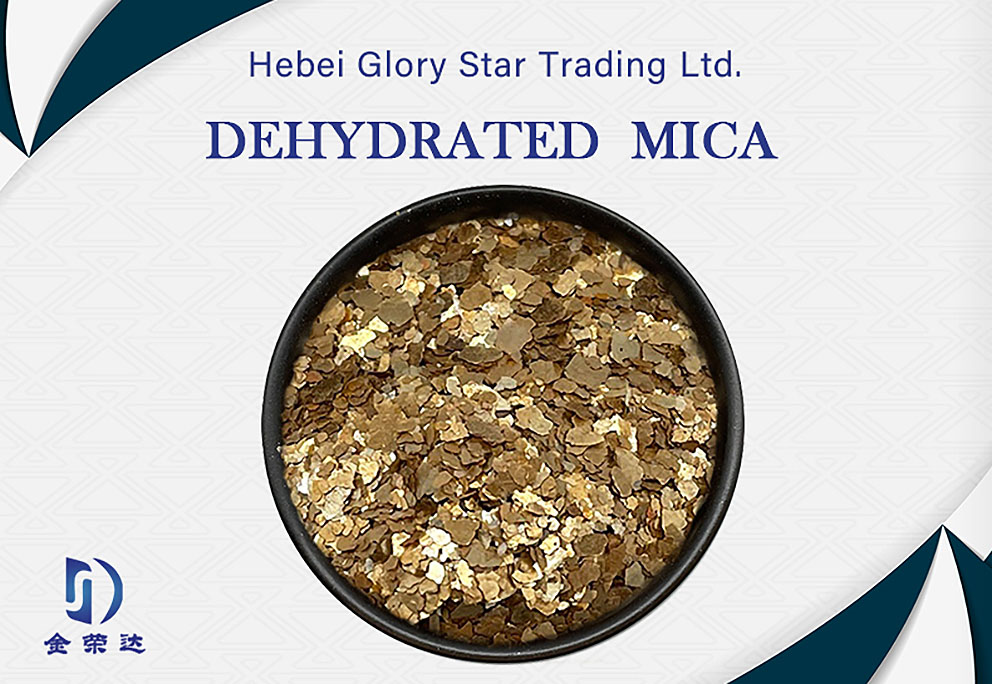
● Layered structure
● Chemical resistance
● Low thermal conductivity
● Heat stability
● Low coefficient of friction
● Vibration damping (acoustics)
● Low water of crystallization content
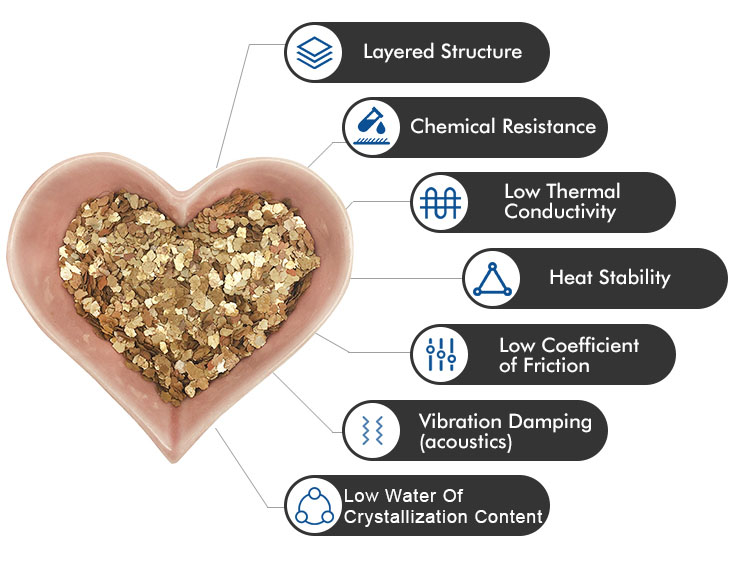
Particle Size Distribution
|
Item |
1-3MM |
3-5MM |
5-8MM |
|||
|
(Mesh) |
(%) |
(Mesh) |
(%) |
(Mesh) |
(%) |
|
|
Particle Distribution |
+10 |
- |
+6 |
- |
+4 |
- |
|
10-20 |
80±5 |
6-10 |
60±5 |
4-6 |
75±5 |
|
|
-20 |
20±5 |
60-100 |
40±5 |
-6 |
25±5 |
|
Certificate
Our factories have achieved ISO Certificate, 23 technologies have obtained national patents.
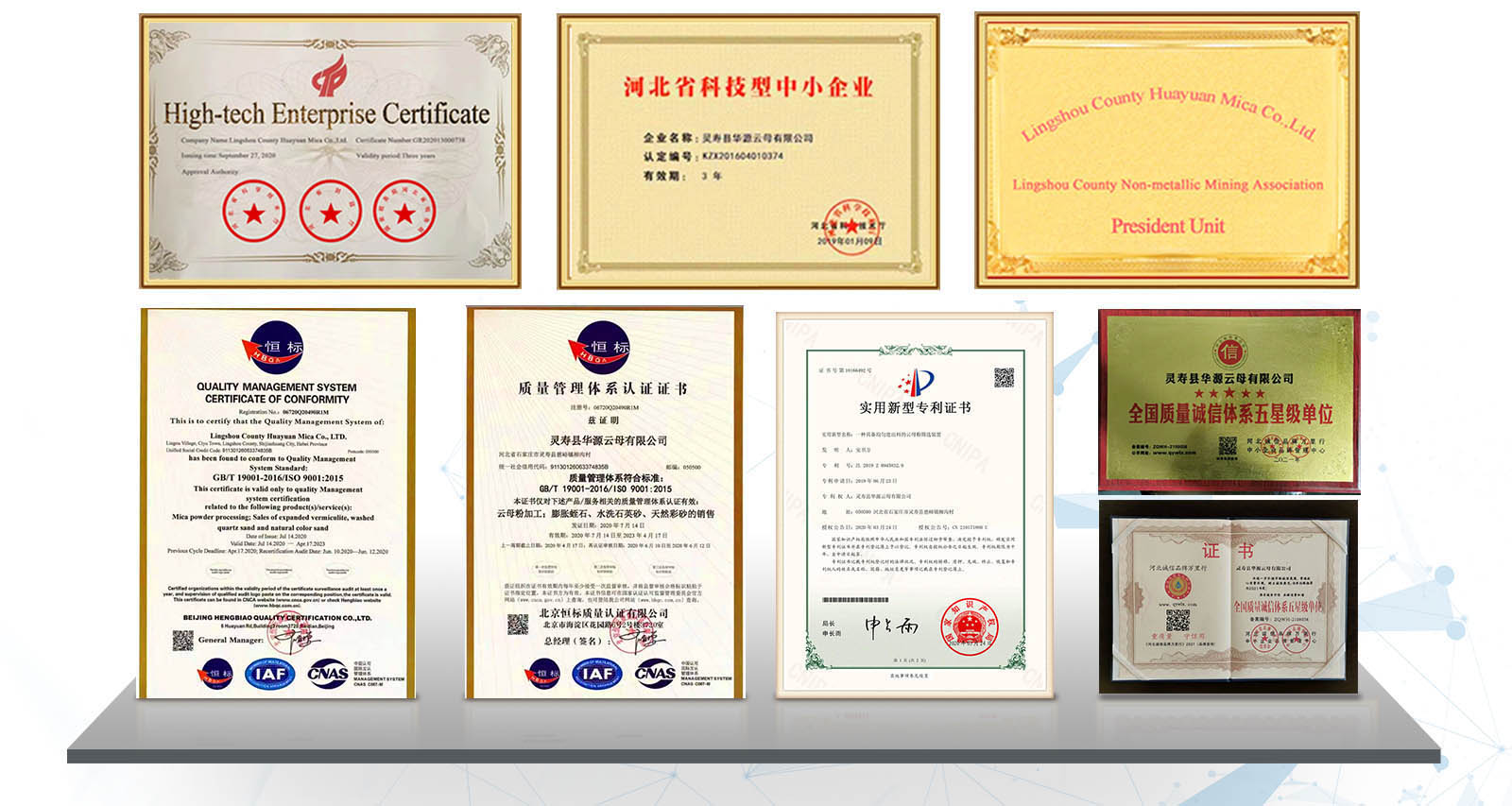
Dehydrated Mica Meaning
Dehydrated mica is a versatile mineral that undergoes a specific heating process to remove moisture, resulting in a material that offers improved stability and enhanced properties compared to raw mica. This unique form of mica in sand plays a critical role in various industries, particularly in welding, painting, and rubber production. Its ability to withstand extreme temperatures, provide electrical insulation, and maintain structural integrity under stress makes it an essential component in many industrial applications.
What is Dehydrated Mica?
Dehydrated mica is produced by subjecting raw mica to high temperatures, which removes any moisture from the mineral. This process not only makes the material lighter but also enhances its thermal resistance and insulating capabilities. In its dehydrated form, mica becomes more stable, with a significantly improved resistance to high temperatures, moisture, and other environmental factors. The result is a durable material that is especially useful in industries where exposure to harsh conditions is common, such as welding, painting, and rubber production. Additionally, mica in sand is a commonly used combination that adds to the material’s versatility, allowing it to be used in a variety of formulations and applications.
Applications of Dehydrated Mica in Welding and Painting
In the welding industry, dehydrated mica is a key component in the production of welding electrodes. It provides the necessary insulation properties to protect the electrode and prevent it from breaking down under the intense heat generated during welding. The heat resistance and non-reactive nature of dehydrated mica make it an ideal choice for maintaining the integrity of the weld and ensuring a stable, consistent result. Mica in sand is also commonly used in welding rods to provide additional stability and enhance the strength of the welding process. In the painting industry, dehydrated mica is often incorporated into paint formulations to improve their durability and resistance to extreme environmental conditions. The mineral’s ability to reflect light makes it ideal for creating finishes with metallic or pearlescent effects. Additionally, mica in sand contributes to the viscosity and texture of the paint, ensuring it applies smoothly and evenly. The inclusion of dehydrated mica in paint helps increase its lifespan, making it more resistant to fading, cracking, and peeling, which is especially important in industrial or outdoor applications.
Dehydrated Mica for Rubber Manufacturing
In rubber manufacturing, dehydrated mica plays an important role as a filler material. Its fine, plate-like structure helps to reinforce rubber compounds, improving their mechanical properties and making them more durable. The inclusion of mica in sand enhances the rubber’s resistance to heat, wear, and chemicals, which is critical in industries such as automotive, construction, and industrial machinery. Rubber products such as gaskets, seals, and insulation materials benefit from the use of dehydrated mica due to its ability to provide long-lasting durability and enhanced performance under stress. Moreover, dehydrated mica contributes to the overall strength and flexibility of rubber products. Its inclusion in rubber compounds ensures that these products maintain their shape and function over time, even when exposed to extreme conditions. As a result, mica in sand and dehydrated mica are highly valued in the rubber industry for their ability to improve product performance and longevity.
In conclusion, dehydrated mica is an invaluable material across multiple industries, particularly in welding, painting, and rubber manufacturing. Its enhanced thermal resistance, insulating properties, and durability make it a go-to solution for applications that demand high performance under extreme conditions. Whether used in welding electrodes, paint coatings, or rubber compounds, dehydrated mica and mica in sand provide the necessary strength and stability to ensure optimal results. As industries continue to seek reliable and high-performing materials, the importance of dehydrated mica in these sectors will only continue to grow.
Dehydrated Mica Use: A Versatile Ingredient for Welding, Painting, and Rubber Industries
Dehydrated mica, also known as calcined mica, undergoes a high-temperature process to remove moisture, resulting in a more stable and durable material. This process enhances the mineral's properties, including its heat resistance, insulating capabilities, and strength. Dehydrated mica is highly sought after for its versatility and reliability in a range of applications that require materials that can withstand extreme conditions, making it an indispensable component for industries focused on mica in sand products.
Understanding Dehydrated Mica
Dehydrated mica is produced by heating raw mica at high temperatures to eliminate moisture, improving its stability and making it suitable for various applications. This transformation leads to a product that is more resistant to heat and moisture compared to raw mica, making it perfect for demanding industries. The combination of mica in sand and dehydrated mica allows for better mechanical properties, including enhanced resistance to heat, making it ideal for welding and coating applications where high temperatures are common. In welding, dehydrated mica plays a crucial role in the manufacturing of electrodes, providing a stable insulating layer that enhances the quality of the weld. Similarly, mica in sand serves as a filler in welding rods, ensuring that the product maintains its structural integrity under high heat. This makes dehydrated mica essential for industries that require robust, heat-resistant materials for their operations.
Dehydrated Mica in Welding and Painting Applications
In the welding industry, dehydrated mica is used extensively in the production of electrodes, where it helps maintain the arc's stability and provides insulation against high temperatures. Its ability to withstand extreme conditions without breaking down is critical in ensuring the quality and consistency of welds. Similarly, mica in sand is incorporated into welding rods, improving their durability and heat resistance. The use of dehydrated mica in this context ensures that the welding process is efficient and results in a strong, reliable bond. For the painting industry, dehydrated mica is commonly added to paint formulations to enhance durability and resistance to weathering. The unique properties of mica in sand allow the paint to maintain its structural integrity under harsh environmental conditions. By incorporating dehydrated mica, paint manufacturers are able to create products that resist cracking, fading, and peeling, making them ideal for both industrial and exterior applications. Additionally, mica in sand helps control the viscosity of paints, ensuring smooth and even coverage.
Dehydrated Mica in Rubber Manufacturing
In the rubber industry, dehydrated mica serves as an important filler material that enhances the performance of rubber compounds. Its fine, plate-like structure provides better distribution of forces, improving the rubber's strength, durability, and resistance to wear. The addition of mica in sand ensures that the rubber products retain their shape and flexibility, even in demanding environments. Dehydrated mica contributes to improving the aging properties of rubber, making it more resistant to heat, friction, and chemical exposure, which is essential for products like gaskets, seals, and insulation. The inclusion of mica in sand and dehydrated mica in rubber compounds results in products that exhibit superior mechanical properties, ensuring longevity and resilience. These enhanced materials are crucial for applications where high-performance and reliability are needed, such as in automotive parts and industrial machinery. The combination of dehydrated mica and mica in sand helps rubber products endure extreme conditions, ensuring they maintain optimal functionality over time.
To summarize, dehydrated mica and mica in sand are indispensable in various industries, including welding, painting, and rubber manufacturing. The combination of these two materials provides enhanced heat resistance, insulation, and durability, making them critical components in high-performance applications. Whether used in welding electrodes, industrial paints, or rubber compounds, dehydrated mica offers superior performance in challenging environments. As industries continue to prioritize quality and reliability, the role of mica in sand and dehydrated mica will remain central to achieving optimal product performance.

-
 35 Years ExperienceWith 35 years of experience, we deliver unmatched expertise and quality in every project. Our deep industry knowledge ensures reliable, innovative solutions that eet your needs.
35 Years ExperienceWith 35 years of experience, we deliver unmatched expertise and quality in every project. Our deep industry knowledge ensures reliable, innovative solutions that eet your needs. -
 Professional ServiceExperience excellence with our professional service! We deliver top-quality solutions, tailored to your needs, ensuring efficiency, reliability, and customer satisfaction every time.
Professional ServiceExperience excellence with our professional service! We deliver top-quality solutions, tailored to your needs, ensuring efficiency, reliability, and customer satisfaction every time. -
 Powerful Technology SupportEmpowered by cutting-edge technology, we provide strong support for your business needs. Our advanced solutions drive innovation, efficiency, and growth, ensuring you stay ahead of the competition.
Powerful Technology SupportEmpowered by cutting-edge technology, we provide strong support for your business needs. Our advanced solutions drive innovation, efficiency, and growth, ensuring you stay ahead of the competition. -
 Strict Quality Control ProcessOur strict quality control process ensures every product meets the highest standards. From raw materials to final inspection, we prioritize precision and reliability, delivering exceptional quality and consistency.
Strict Quality Control ProcessOur strict quality control process ensures every product meets the highest standards. From raw materials to final inspection, we prioritize precision and reliability, delivering exceptional quality and consistency.
-
01
-
02
-
03














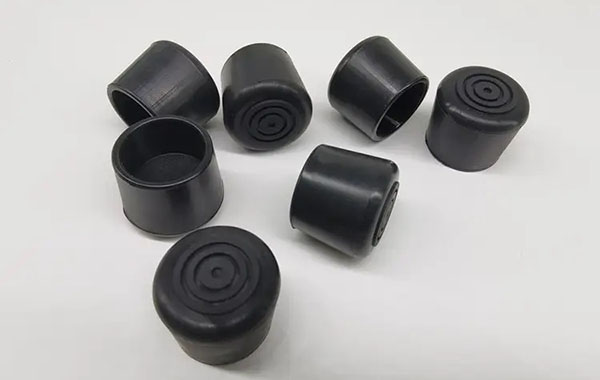
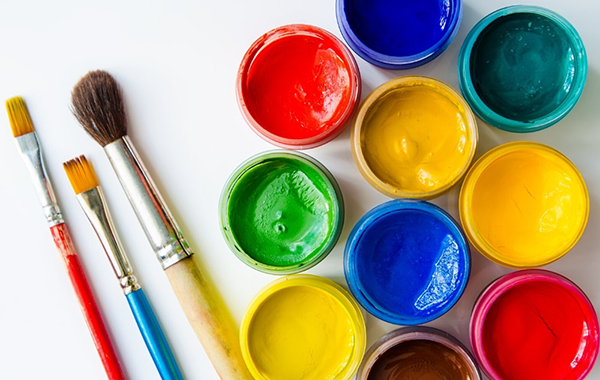
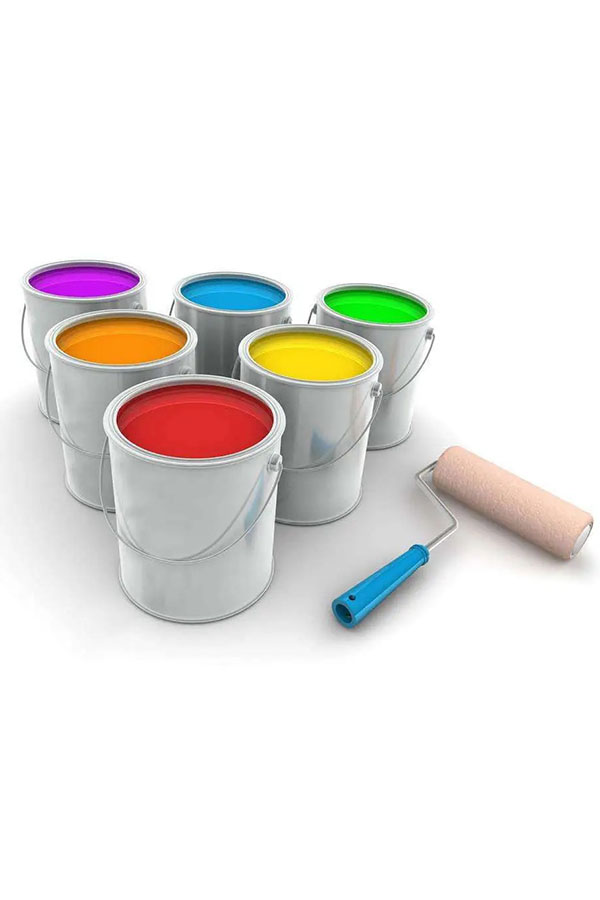
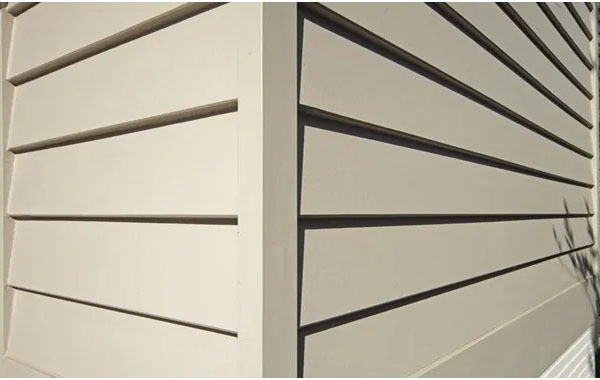


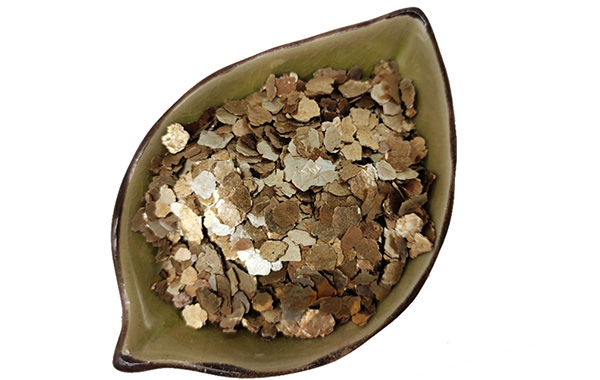
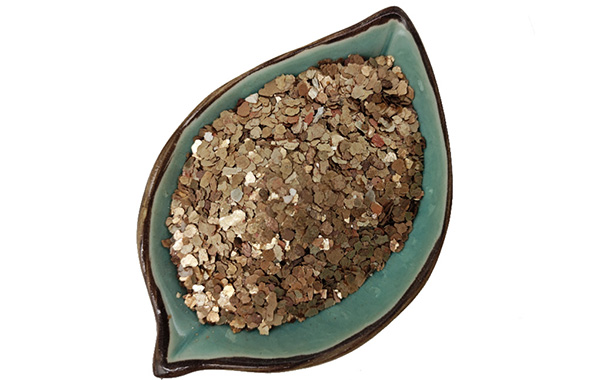
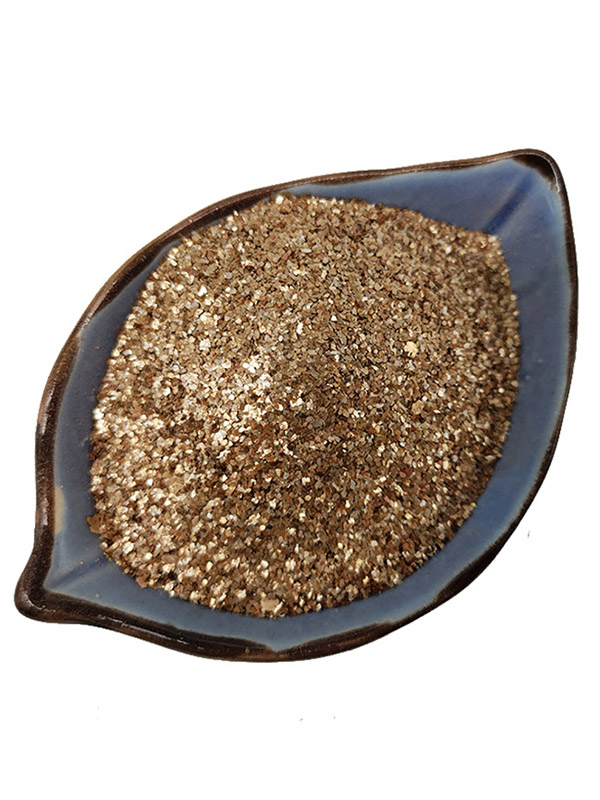

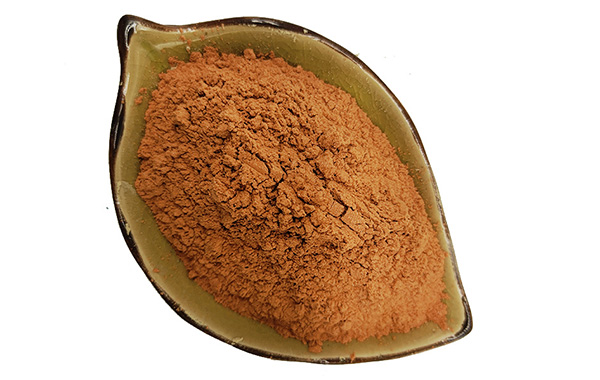



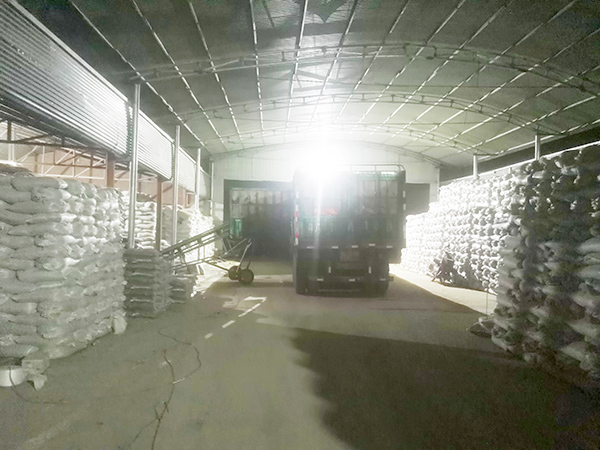
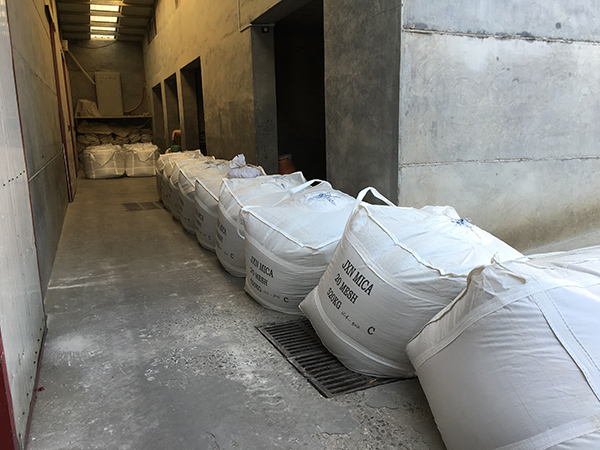

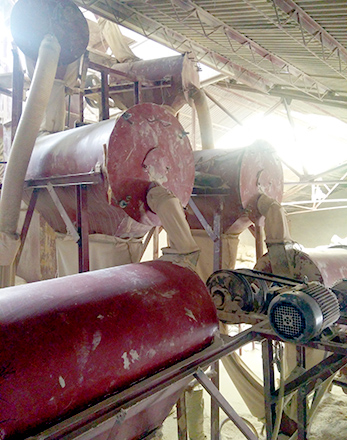
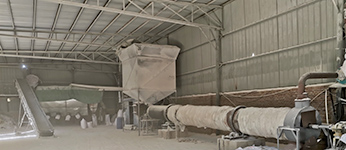
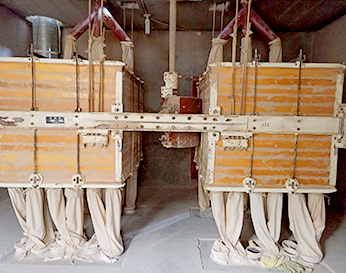









.png)









